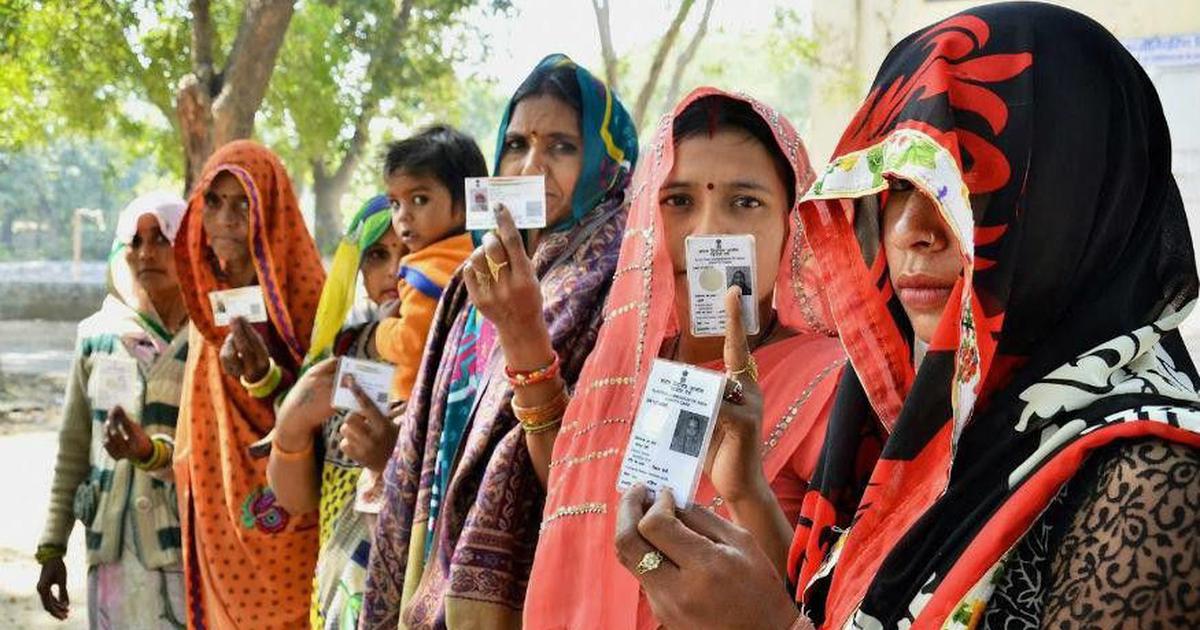There were no soft words from the EC. From Shimla to Surat, “urban (voter) indifference persists unabated,” it proclaimed on Saturday. The turnout in Shimla was 11% lower than the statewide average of 75.6% in Himachal. The pattern of lower voter turnout in Gujarat’s cities compared to the state’s rural parts continued in the first round of voting. Urban voter participation in Gujarat’s first round was also down from the 2017 average. The city’s more affluent residents stayed home during the recent municipal elections.

This is an ongoing pattern. A larger proportion of urban residents voted in the first three decades of elections. Inequality in voter participation between urban and rural areas has grown since the 1980s. In India, 60% of GDP and a sizable share of taxes come from urban areas, hence the concept of “urban apathy” is misleading. This study argues that the political executive’s reluctance to implement the transfer of authority to municipal bodies envisioned by the 74th amendment to the Constitution has stymied efforts to strengthen urban administration during the past three decades.
Voter participation in India’s urban areas may be affected by a number of distinctive features of the country’s urban government. With the help of polls and election statistics, political scientists have investigated potential explanations for the lower turnout seen in metropolitan regions.

Several studies have found that in rural areas, where state institutions are weaker, a stronger emphasis on group mobilisation and a larger need for the intervention of politicians to compensate for state failure both lead to higher voter turnout. The second applies even in highly urbanised areas. New Delhi, the capital and administrative hub of Delhi, had a turnout of 52.15 percent in the 2020 assembly election, over 20 percentage points lower than some constituencies with major slum clusters.
Political leaders in India still have some work to do to meet the needs of urban poor. The wealthy have less of a reason to participate in civic non-governance because they can protect themselves from its effects.
The fact that the gap between urban and rural votes persists even in national polls, where ‘major’ concerns familiar to the middle class are discussed, suggests that it is not just apathy that prevents more affluent city Indians from casting ballots.
There is nothing inappropriate about political politics that centre on rural areas, and even more so on the lower-income rural poor. However, policymakers should still consider how to bring together the urban middle class and the electoral process.

